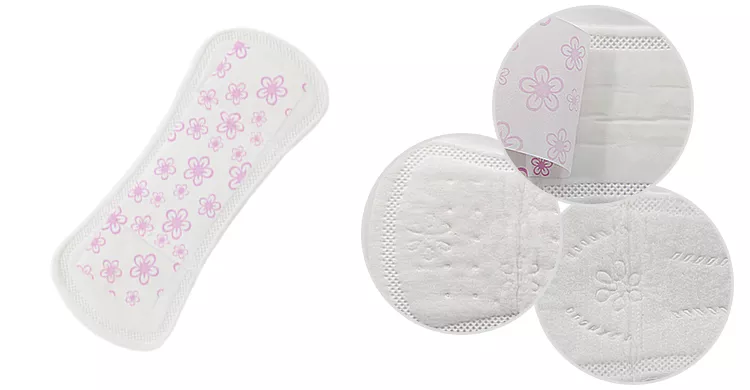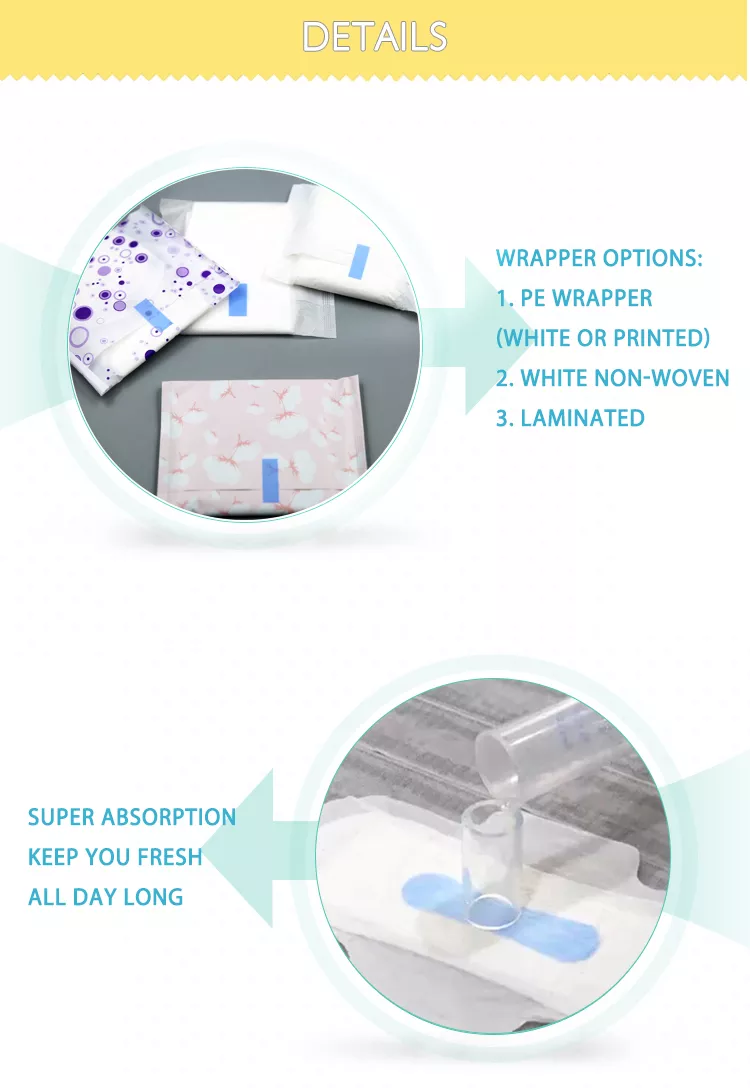Hey, all you gorgeous ladies out there sanitary pads need no introduction to you, as it has been a very crucial product for you since puberty. Before that phase of your life, you must have been puzzled and must have wondered what exactly a sanitary pad is. But, gradually, you learnt that sanitary pads are absorbent pads that you wear inside your panties during your periods to soak in the menstrual blood. These pads are primarily made of cotton or other breathable material to avoid rashes and skin infection. That goes about sanitary pads, but, well, what about panty liners? Most of you might not be aware of panty liners. And that is why, we are here- to enlighten you!

What is a Panty Liner?
A panty liner can be termed as an absorbent fabric that is in the form of a thin sheet and is used by females for hygiene purposes. Just like sanitary pads, it is worn on the panty. The advantage of using these liners is that they help in absorbing daily vaginal discharge and pre/post spotting. Mostly, by wearing a panty liner, you can feel comfortable and refreshed all day long.
Now that we know what sanitary pads and panty liners are, let us delve into the differences between both these life-saving products:
Size Does Matter
Sanitary pads are available in different shapes and sizes. You can go for the cotton pads during the days of light flow, while the gel-based technology ones can serve you during the days of heavy flow. On the other hand, panty liners are usually small in dimension and are thinner as compared to sanitary pads. They are shaped to fit your panties perfectly.
Varied Uses
Sanitary pads are used during the menstrual cycle to absorb the blood. Panty liners are used in the same way as sanitary pads; the only difference is that they have lesser capacity to absorb the high flow menstrual blood that can be taken care of by a sanitary napkin. You can use these panty liners during the starting days of the menstrual cycle, as that will help in protecting your favourite undies from getting ruined by unexpected periods. Also, if you face irregular periods with light flow, rather than using a thick pad, you can opt for a thin panty liner.
All About Absorption
During your period days, adding to your mood swings- imagine if the menstrual blood ruins your underwear or stains your favorite dress – you won’t want that at any cost-isn’t it? That is why sanitary napkins are here for you.
Both panty liners and sanitary napkins are used to absorb the outflow of the blood. The main difference is in the absorption capacity. Sanitary pads are made of thick absorbing material that can absorb heavy blood flow. Some pads are also made as per gel-based technology that convert the blood to gel and trap it between the layers, to ensure that there is no leakage and you get comfort, all day long.
On the other hand, panty liners have a thin absorbent sheet that is suitable only for soaking vaginal discharge or spotting. So, these are not ideal for the days of heavy flow.
Comfort in a Small Package

As soon as you sense your menstrual dates are approaching, we advise you start using a panty liner. Even if you don’t want to wear a panty liner, you can easily carry them in your wallet as they are extremely thin and compact. There are girls, who have just hit puberty and have irregular periods. If you too face a similar situation and often have your periods when you least expect it, panty liners can prove to be life-savers in this situation.
Panty liners are preferred by the ladies as it makes them fresh along with neat and clean. The only downside of panty liners is that they are not capable of absorbing the heavy blood flow during the later days of the periods. But hey, for that you have your old friend- sanitary pad to back upon, don’t you? Also, the plus side is that sanitary napkins are less expensive than panty liners. Be it a panty liner or a sanitary napkin, both have their own uses. So, now- the choice is yours!



